Moles can be a common concern for many individuals, and if you’re located in Powai and looking for mole removal services, you’re in the right place. At INURSKN, we offer effective and safe mole removal procedures to help you achieve your desired flawless skin. In this article, we will provide informative and interactive content about mole removal, covering everything from what moles are to the recovery process after a mole removal procedure.
What is mole removal?
Mole removal is a medical procedure to eliminate unwanted moles from the skin. Moles are clusters of pigmented cells that can appear anywhere on the body. While most moles are harmless, some may be concerning due to their appearance, location, or potential for malignancy. Mole removal can be done for both medical and cosmetic reasons.
What is a mole?
A mole, also known as a nevus, is a typical skin growth of melanocytes, the cells responsible for producing skin pigment. Moles can vary in size, shape, colour, and texture. They can be present at birth or develop over time due to various factors such as genetics, sun exposure, and hormonal changes.
Why is mole removal done?
Mole removal is typically performed for two primary reasons: atypical mole removal and cosmetic mole removal.
Atypical mole removal:
Atypical moles, or dysplastic nevi, have irregular characteristics that may indicate a higher risk of developing skin cancer. Removing atypical moles can be a preventive measure to reduce the risk of malignant transformation.
Cosmetic mole removal:
Some individuals opt for mole removal for cosmetic purposes. Large moles, protruding or located in prominent areas, can affect a person’s self-esteem and confidence. Mole removal procedures can help improve their appearance and restore self-assurance.
Who needs to have this treatment?
The decision to undergo mole removal depends on individual circumstances and preferences. Suppose you have atypical moles or are concerned about the appearance of a mole. In that case, it is advisable to consult a dermatologist who can assess the mole and provide professional advice on whether removal is necessary or desired.
Procedure Details:
What happens before this procedure?
Before undergoing mole removal, you will have a consultation with a dermatologist. The dermatologist will evaluate the mole during this consultation, discuss your concerns, and explain the available removal options. They will also provide instructions on preparing for the procedure, including avoiding certain medications or applying topical creams.
How do dermatologists remove moles?
Dermatologists have several methods for removing moles, depending on various factors such as the size, location, and type of mole. The two most common methods are excision and cauterisation.
-
Excision:
In surgical excision, the dermatologist numbs the area with a local anesthetic and uses a scalpel to remove either the entire mole and a surrounding margin of healthy skin or just ‘shave’ off the superficial growth area (shave excision). Depending on the depth and size of the excision, the wound may or may not require suturing.
-
Cauterisation:
Cauterisation involves using an RF cautery machine in which the dermatologist uses a probe to pass an electric current through the mole to effectively raise the temperature in the skin cells in the mole and thus burn off the same. Cauterisation benefits surgical excision as the process of cautery burns off the mole and cauterises the wound that is caused, preventing any bleeding and faster healing.
What about lasers or other possible methods of mole removal?
While lasers and other methods are available for mole removal, surgical excision and cauterisation are the most commonly used techniques due to their effectiveness and precision. Other procedures, such as CO2 lasers and cryotherapy (freezing), may be suitable for specific types of moles or skin conditions, and your dermatologist can determine the most appropriate method for your case.
CO2 Laser for Mole Removal
CO2 Lasers are one of dermatologists’ most advanced techniques for minimally invasive surgeries. CO2 Lasers work in two modes:
- In Evaporation Mode: In this case, thin layers of skin are burnt off in a controlled manner using the CO2 Laser beam.
- In Light Scalpel Mode: In this case, a high-intensity beam of CO2 Laser is used as a blade or scalpel to cut/excise the lesion in question.
CO2 Lasers have the following advantages:
- They are exact and quick and therefore cause minor discomfort.
- The high temperature caused by CO2 Laser effectively neutralises any microbes that may exist in the surrounding area of the lesion (like in warts).
- The CO2 Laser also cauterises the blood vessels in the area because the high temperature minimises bleeding.
Cryotherapy for Mole Removal
Cryotherapy is the process of freezing skin lesions such that the cells within the lesion are destroyed. The freezing effect is achieved by exposing the lesion to liquid nitrogen or liquid CO2 using a spray or a swab. On exposure, the treatment area reaches a temperature of approximately -195 degrees centigrade.
The exact mechanism by which the lesion cells are destroyed is as below:
- Ice formation in the fluid outside cells results in cellular dehydration.
- Ice formation within the cell.
- Bursting of the cells caused by ice expansion inside or shrinking caused by water exiting the cell.
- Loss of blood supply.
What happens after a mole removal procedure?
After mole removal, your dermatologist will provide you with detailed aftercare instructions. It is crucial to follow these instructions to promote proper healing and minimise the risk of complications. Standard aftercare measures include keeping the wound clean and dry, applying an antibiotic ointment, and avoiding excessive sun exposure.
Risks / Benefits:
What are the advantages of surgical mole removal?
Surgical mole removal offers several advantages. Firstly, it allows for the complete removal of the mole, minimising the chances of recurrence. Secondly, it can be sent for laboratory analysis to rule out malignancy and determine the need for further treatment. Lastly, surgical mole removal provides precise control, allowing the dermatologist to achieve optimal cosmetic results.
What are the risks or complications of this procedure?
While mole removal procedures are generally safe, there are some potential risks and complications. These can include infection, bleeding, scarring, changes in skin pigmentation, and allergic reactions to anesthesia or medications. However, these risks can be minimised by choosing an experienced dermatologist and adhering to post-procedure care instructions.
Recovery and Outlook:
What is the recovery time?
The recovery time after mole removal varies depending on the size and location of the mole, as well as the removal method used. Generally, the wound takes about 1 to 2 weeks to heal completely. During this time, it is normal to experience mild discomfort, redness, and swelling around the treated area.
Mole removal aftercare:
Proper aftercare is crucial for optimal healing and to minimise the risk of complications. Your dermatologist will provide specific instructions tailored to your situation. This may include keeping the wound clean, avoiding strenuous activities, applying topical ointments, and protecting the area from sun exposure.
When can I return to work/school?
Returning to work or school after mole removal depends on the location and nature of your job or activities. In most cases, individuals can resume their regular activities within a few days to a week once the wound has healed and any stitches have been removed.
When to Call the Doctor:
When should I see my dermatologist about a mole?
It is advisable to see a dermatologist if you notice any changes in the size, shape, colour, or texture of a mole. Additionally, if a mole becomes painful, starts bleeding, or develops signs of infection such as increased redness, swelling, or discharge, you should seek medical attention promptly.
When should I contact my dermatologist about my condition following mole removal?
After mole removal, it is essential to keep an eye on the healing process and contact your dermatologist if you experience any unusual symptoms, such as excessive pain, prolonged bleeding, signs of infection, or poor wound healing.
Additional Details:
Does it hurt to have a mole removed?
Mole removal procedures are typically performed under local anesthesia, ensuring you do not feel any pain. However, some individuals may experience mild discomfort or soreness after the anesthesia wears off. Your dermatologist can prescribe pain medication if needed.
Can I remove a mole myself?
It is strongly discouraged to attempt to remove a mole yourself. DIY mole removal methods can be dangerous and increase the risk of infection, scarring, and incomplete removal. It is always best to consult a dermatologist who can safely and effectively remove the mole using appropriate medical techniques.
Can you permanently remove moles?
Yes, mole removal procedures can permanently eliminate moles. However, it is essential to note that new moles can develop over time, and sun exposure or other factors can lead to new pigmented skin spots.
In conclusion, mole removal is a standard procedure performed for medical and cosmetic reasons. It involves the removal of unwanted moles to improve the appearance of the skin and reduce the risk of malignancy. You can achieve a smooth, mole-free complexion by consulting with a dermatologist and undergoing the appropriate removal method. Remember to follow proper aftercare instructions and contact your healthcare provider for any concerns or complications.
Scars after the mole removal procedure
Scarring after the mole’s removal procedure depends on the size and depth of the mole. Hence when a mole is removed for cosmetic reasons, it is best to attempt mole removal at a superficial level, and the dermatologist will advise not to go too deep. Even if this means a secondary procedure may be needed after a few months. Because this ensures that there is minimum scarring, and the scar formed is generally at level with your skin and does not stand out visibly. This is also why mole removal is not advised for people with keloids or hypertrophic scars.
However, when moles are removed to prevent other complications like malignancy, scarring becomes secondary and should not be the primary concern in the procedure.
Also, it is essential to note that your dermatologist will provide you with topical application creams after a mole removal procedure to be applied on the area where the mole has been removed after the initial wound has healed. These topical applications ensure that the scars formed, if any, are minimised and aesthetically acceptable.
Furthermore, your dermatologist may recommend a procedure like skin resurfacing with microneedling or CO2 fractional laser to eliminate any scar that may be formed.




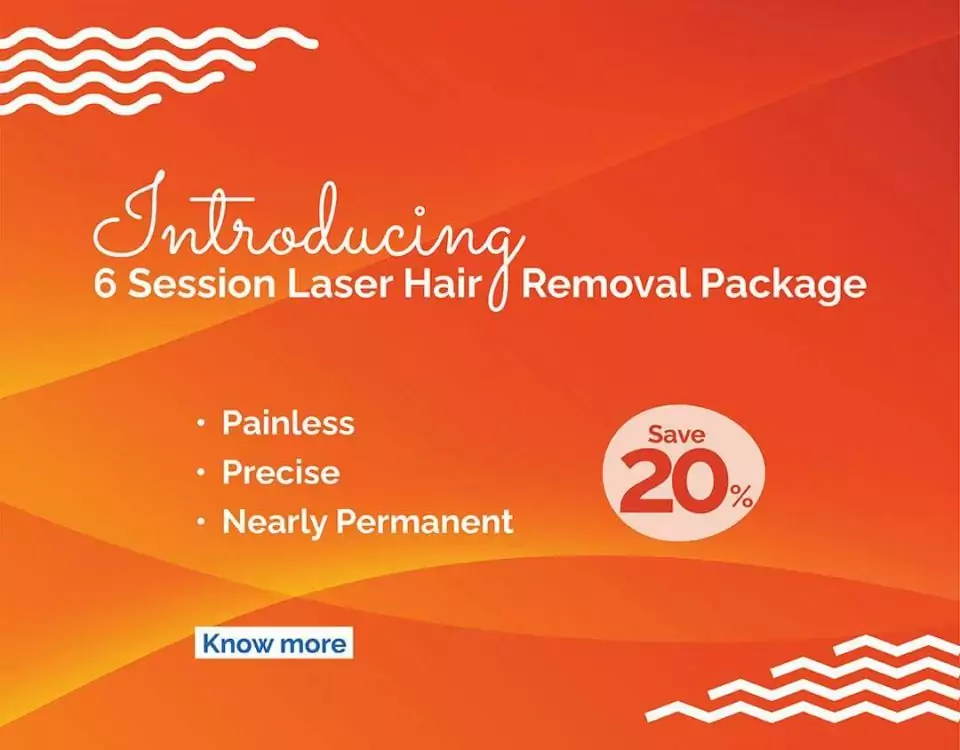

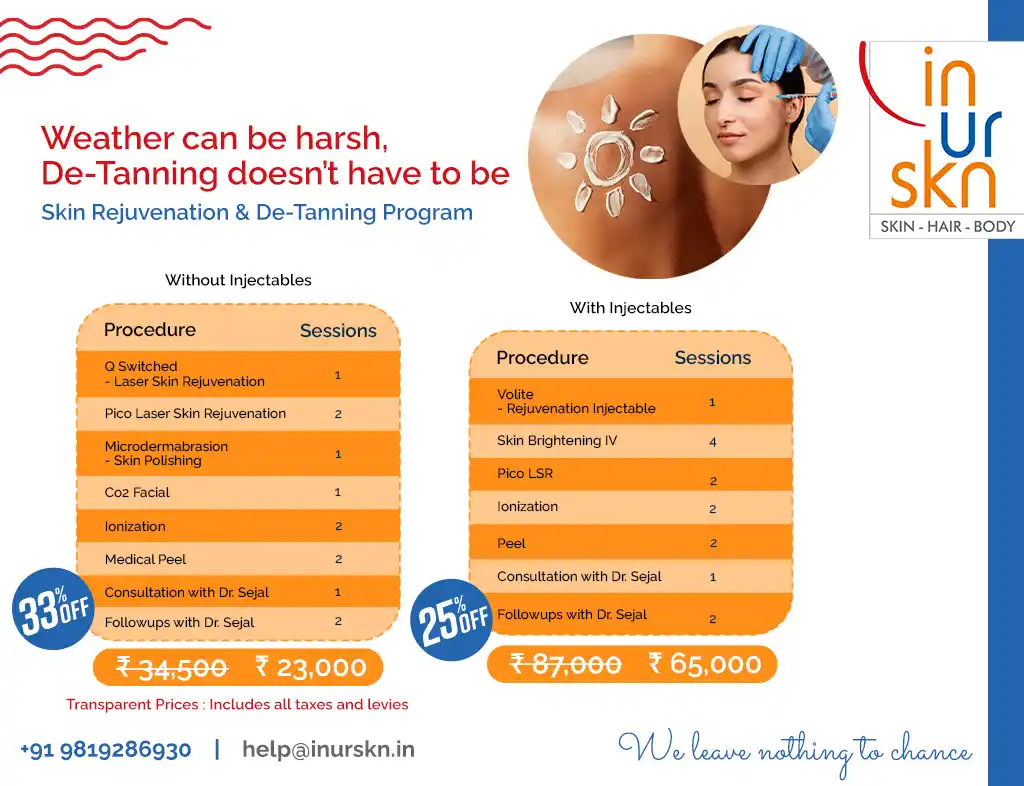














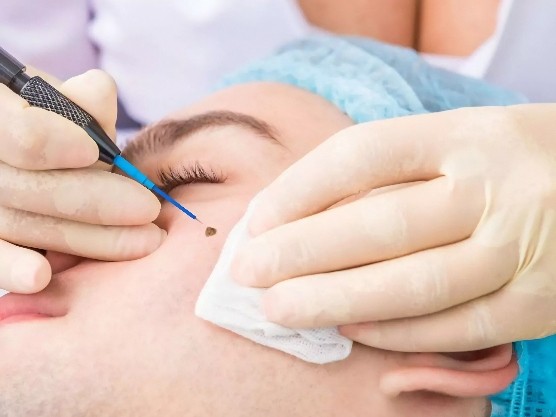
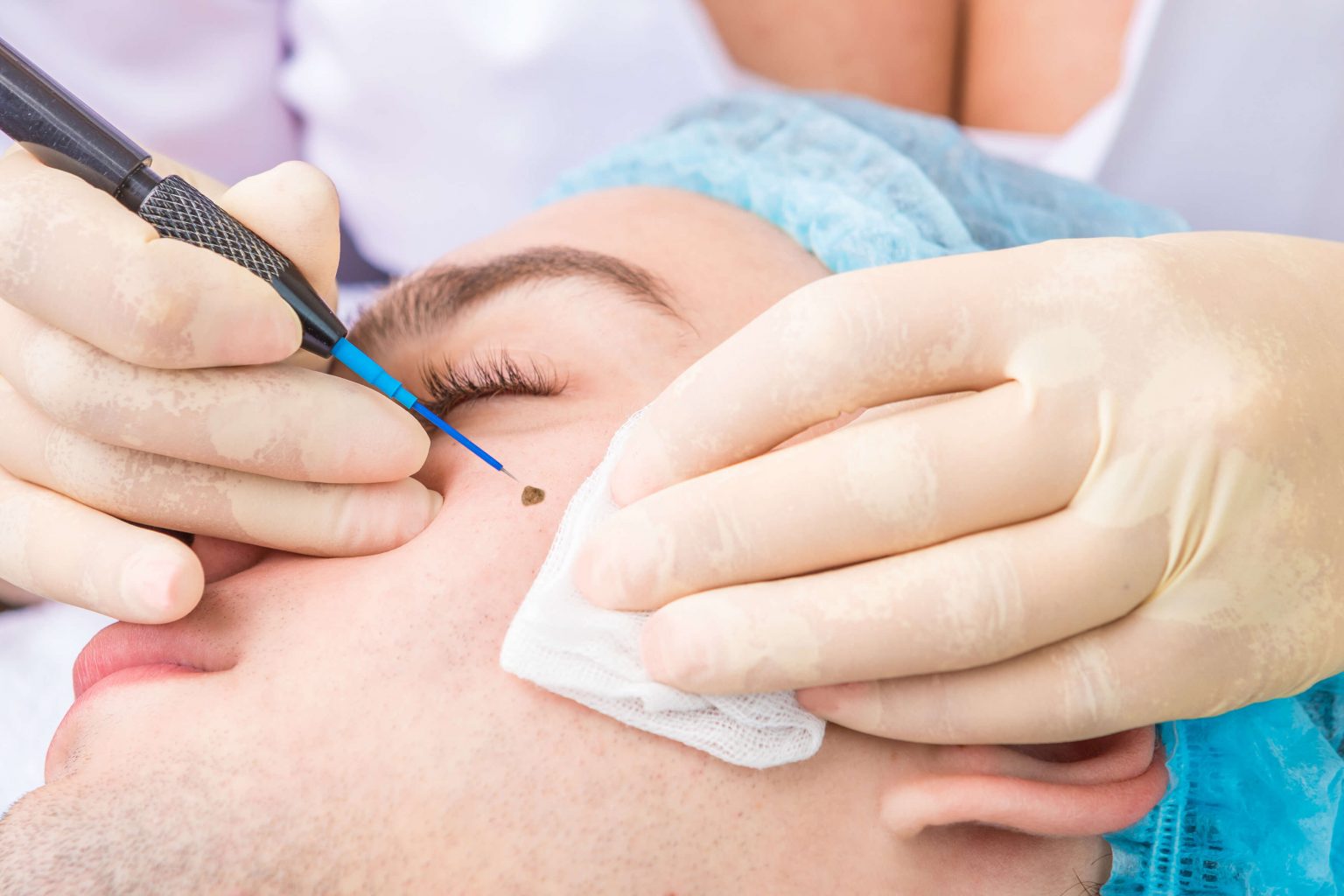



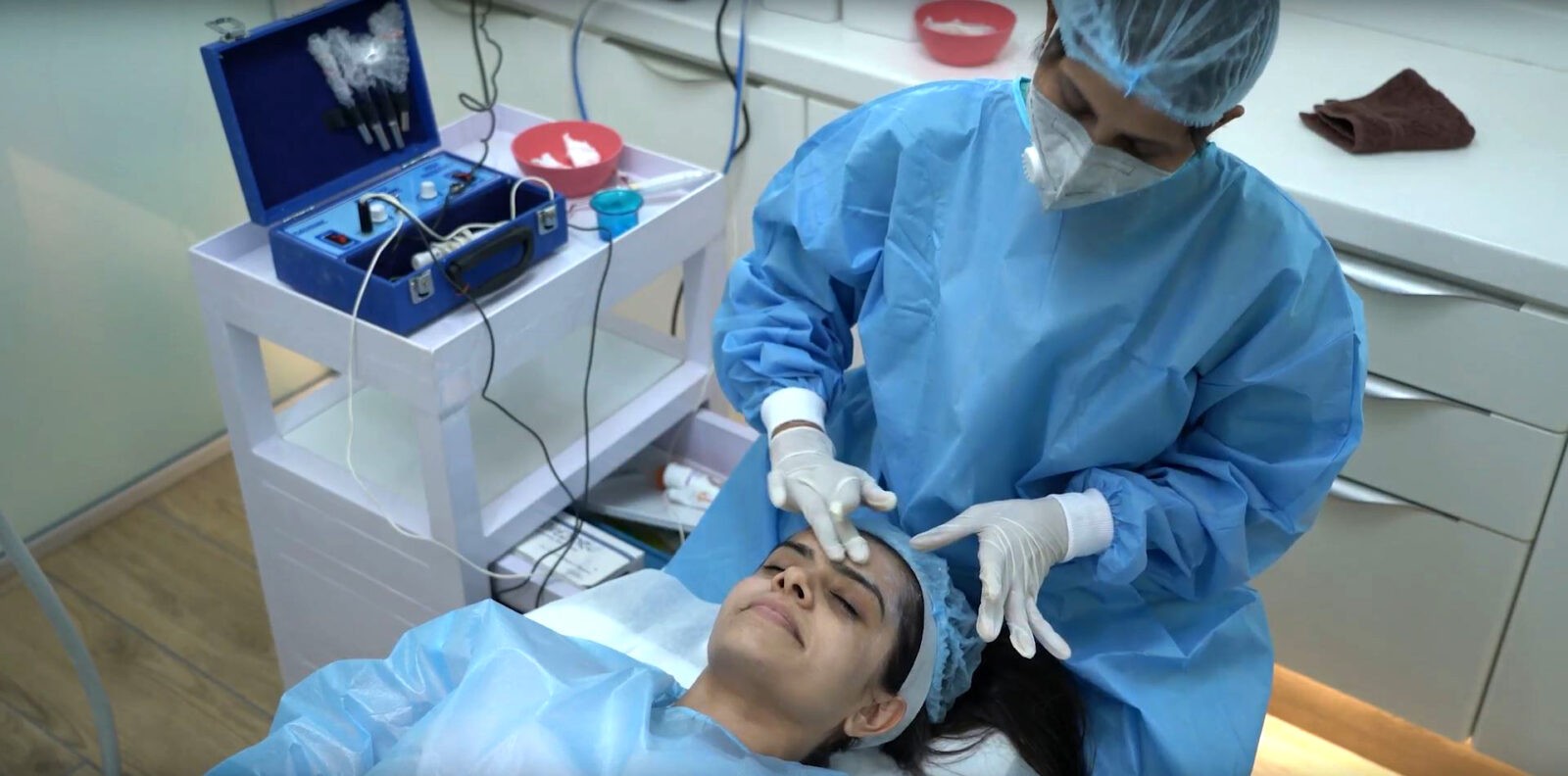
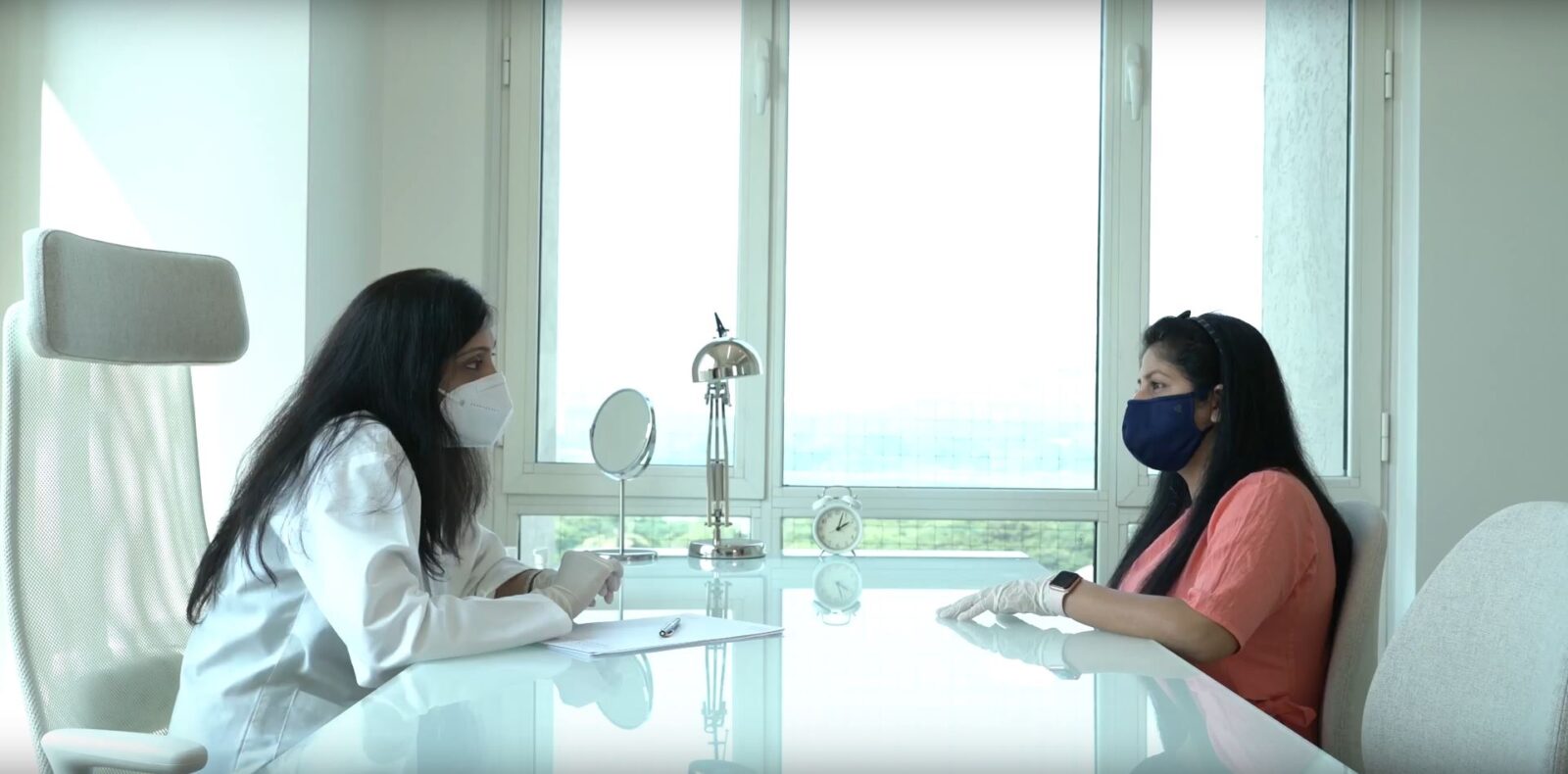

 Call us
Call us Book Appointment
Book Appointment Enquire
Enquire Location
Location




